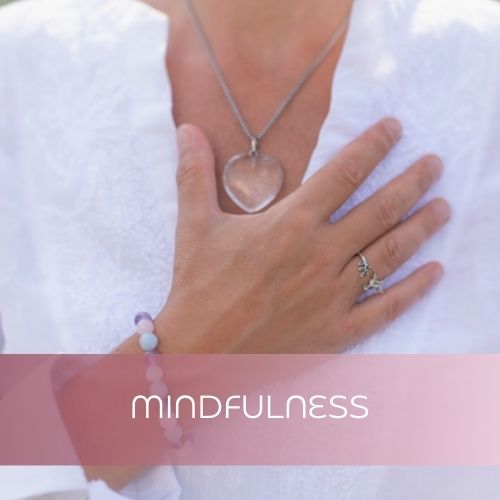
Mindfulness
WHAT IS IT?
It means awareness. It can be practiced by exercising attention, pausing to understand what happens in the body and mind in the present, trying to silence judgment and focusing on what you feel.
Mindfulness, according to its founder, the holisticist Jon Kabat-Zinn, consists of paying attention with intention to the present moment in a non-judgmental way.
Origins and purposes of Mindfulness
The origins of the holistic Mindfulness method are to be found in the teaching of ancient Buddhist psychology and cognitive-behavioral psychotherapies.
The holistic discipline Mindfulness serves to take care of the mind and to interrupt the continuous chatter that invades our thinking. By practicing the exercises we become less critical of ourselves and others, we understand our emotions better, connecting them to bodily sensations.
Collapsible content
Who is it recommended for?
- For those who wish to cultivate a conscious approach to reducing stress and disorders caused by prolonged tension.
- For those who wish to deactivate the automatisms of thoughts and disengage from mental proliferation.
- To those who want to free themselves from compulsive ruminations on unwanted experiences.
- To those who want their mind to allow itself a pause for vigilant and receptive observation of what is happening before reacting automatically.
- For those who want to achieve a conscious response instead of automatic reactions.
- To those who wish to cultivate presence and concentrated calm within themselves.
- To those who want an attentive and non-judgmental presence in dealing with others to create quality relationships.
- To those who wish to achieve self-acceptance through greater awareness of their experience which includes: sensations, perceptions, emotions, thoughts, actions and relationships.
How can it help you?
Mindfulness exercises and techniques to achieve greater awareness
The mind becomes calmer, you feel less anxious and you face everyday life with more energy. In a world increasingly affected by distraction, regaining our capacity for attention is a form of resistance and defense of one's own person and of a certain way of relating to others, the things and events that surround us.
We are all always busy thinking about what awaits us the next day or what happened in the past: practicing staying in the present helps us free ourselves from these activities that often lead to worry and stress. Introducing Mindfulness as a holistic method into our daily lives, giving it space and duration, makes us and the people we relate to better.
How does it work
How to practice mindfulness: discover Phedros mindfulness courses
To understand what Mindfulness is, you need to practice it
Starting this holistic discipline is simple: just stop and remain silent to observe ourselves, to what point we have reached, without the suffocating impulse of contingency but with the mind alert to the present, welcoming it for what it is. This type of immersion requires full availability to welcome what happens, free from the usual attitude that sees us absorbed in brooding about the past or busy fantasizing about the future or always imagining ourselves somewhere else. It's about accepting judgements, expectations and rejections, in whatever form they appear, because they are part of everyday life and reality must be experienced in all the nuances of its evolution.
Holistic Mindfulness courses, formal and informal practice
Each holistic Mindfulness course is a mental laboratory, a place of exchange where it is possible to get to know each other and extend our vision of the world and ourselves, becoming aware of our own automatisms and gradually recognizing our own attitudes.
Mindfulness discipline is practiced in two ways: a formal practice and an informal practice. The formal practice is based on ancient meditation exercises and requires there to be silence, sitting and concentrating on breathing or other objects, such as body sensations, noises, thoughts. Informal practice, on the other hand, is inserted into the daily actions of life and transforms them into opportunities for practice. Through meditation exercises, stopping to observe the movements of the body and mind, we can increase our experience and ultimately improve our willingness to be in the world and with others."
Learn more
What is mindfulness and how to practice this holistic discipline
How to get the most out of mindfulness exercises
No particular preparation is necessary. We recommend arriving at the session a few minutes early to allow us to start the exercises together. No special clothing is necessary, as long as it is comfortable."
-
MINDFULNESS: Informational telephone interview
Regular price CHF 0.00Regular priceUnit price / per

